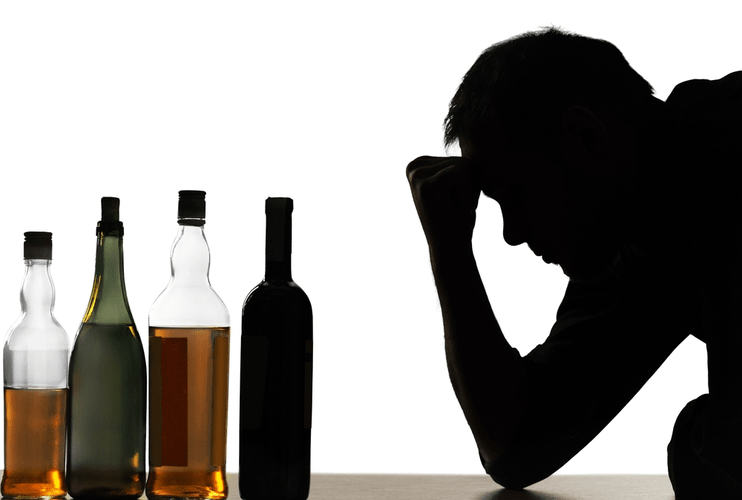Generally, there should be at least one week between dose reductions. The safest way to manage benzodiazepine withdrawal is to give benzodiazepines in gradually decreasing amounts. This helps to relieve benzodiazepine withdrawal symptoms and prevent the development of seizures. When used appropriately they are very effective in treating these disorders. However, when used for an extended period of time (e.g. several weeks), dependence can develop. Codeine phosphate alleviates opioid withdrawal symptoms and reduces cravings.
- When tapering off benzodiazepines, you’ll always want to work with a trained healthcare professional who can monitor you for side effects and adjust your pace accordingly.
- You might feel irritable and hypersensitive to everything around you.
- Gamma Hydroxybutyrate (GHB) is now a common club drug abused at nightclubs and all-night parties.
- Sedative-hypnotic withdrawal is treated with substituting drugs that have a long duration of action, benzodiazepine or phenobarbital for a few days, followed by a decreasing dose over 2 to 3 weeks.
- This should be taken into consideration in planning treatment involvement.
Consequently, experts recommend you take benzodiazepines for no more than 2 weeks if you use them daily. If you only use them once every few days, you may be able to take them for up to 4 weeks. If your reasons for quitting benzodiazepines are that you were abusing them or unable to control your use, then you may require further substance use treatment. This is particularly true if you are also giving up other substances, like alcohol or opioids. If you or a loved one is struggling with benzodiazepine misuse, help is available and recovery is possible.
Inpatient treatment
The withdrawal response is mild, resembles a sedative withdrawal syndrome with psychotic symptoms. Severe withdrawal symptoms tend to occur in chronic users and can also present with seizures and rhabdomyolysis. Only 24% of patients with alcohol use disorder were ever treated.[14]. Patients who have AWS have an increased length of hospital stay and increased mortality than those who do not have AWS[17].
- If symptoms are not sufficiently controlled either reduce the dose of methadone more slowly, or provide symptomatic treatment (see Table 3).
- However, going through any withdrawal during pregnancy has its risks.
- Withdrawal from benzodiazepines is not usually marked by significant elevations in blood pressure and pulse as commonly occur in patients undergoing alcohol withdrawal.
- Patients who exhibit severe psychiatric symptoms should be referred to a hospital for appropriate assessment and treatment.
- Patients in benzodiazepine withdrawal should be monitored regularly for symptoms and complications.
- A major disadvantage of benzodiazepines is that tolerance to therapeutic effects develops relatively quickly while many adverse effects persist.
This is because the term detoxification has many meanings and does not translate easily to languages other than English. Patients should be observed every three to four hours to assess for complications benzodiazepine withdrawal such as worsening anxiety and dissociation, which may require medication. The cannabis withdrawal syndrome is typically mild, but can be difficult for the patient to cope with.
Management of benzodiazepine withdrawal
Tinnitus occurring during dose reduction or discontinuation of benzodiazepines is alleviated by recommencement of benzodiazepines. Dizziness is often reported as being the withdrawal symptom that lasts the longest. Benzodiazepine Withdrawal is a group of symptoms experienced by patients who have taken benzodiazepines for a period of time and have developed a dependence and try to stop or reduce their dose.
If you’re predisposed to seizures, your risk of having a seizure may also increase during the withdrawal period. If you are pregnant or are thinking about becoming pregnant, talk to your OBGYN or psychiatrist about your plans. However, going through any withdrawal during pregnancy has its risks. Your doctor can help you weigh the potential risks and benefits of benzodiazepine use and your pregnancy. Symptoms will be milder than acute withdrawal and they can disappear for weeks at a time.
Psychological and Social Symptoms of Benzodiazepine Withdrawal
Patients with DTs or other severe withdrawal symptoms may require admission to the intensive care unit due to the risk of mortality. Central nervous system (CNS) stimulants like cocaine and amphetamine can also produce withdrawal symptoms. Like opioids, the withdrawal symptoms are mild and not life-threatening.

Individuals may experience tingling in their arms and legs, muscle twitches, prolonged anxiety and insomnia, and cognitive deficits as well as depression and mood swings that may be difficult to manage. Mental health services and support beyond medical detox include therapy and counseling to manage protracted withdrawal symptoms. When a mental health disorder is also present, called co-occurring disorders, specialized treatment that caters to dual diagnoses may be beneficial during recovery. Protracted withdrawal syndrome refers to symptoms persisting for months or even years. A significant minority of people withdrawing from benzodiazepines, perhaps 10% to 15%, experience a protracted withdrawal syndrome which can sometimes be severe.


